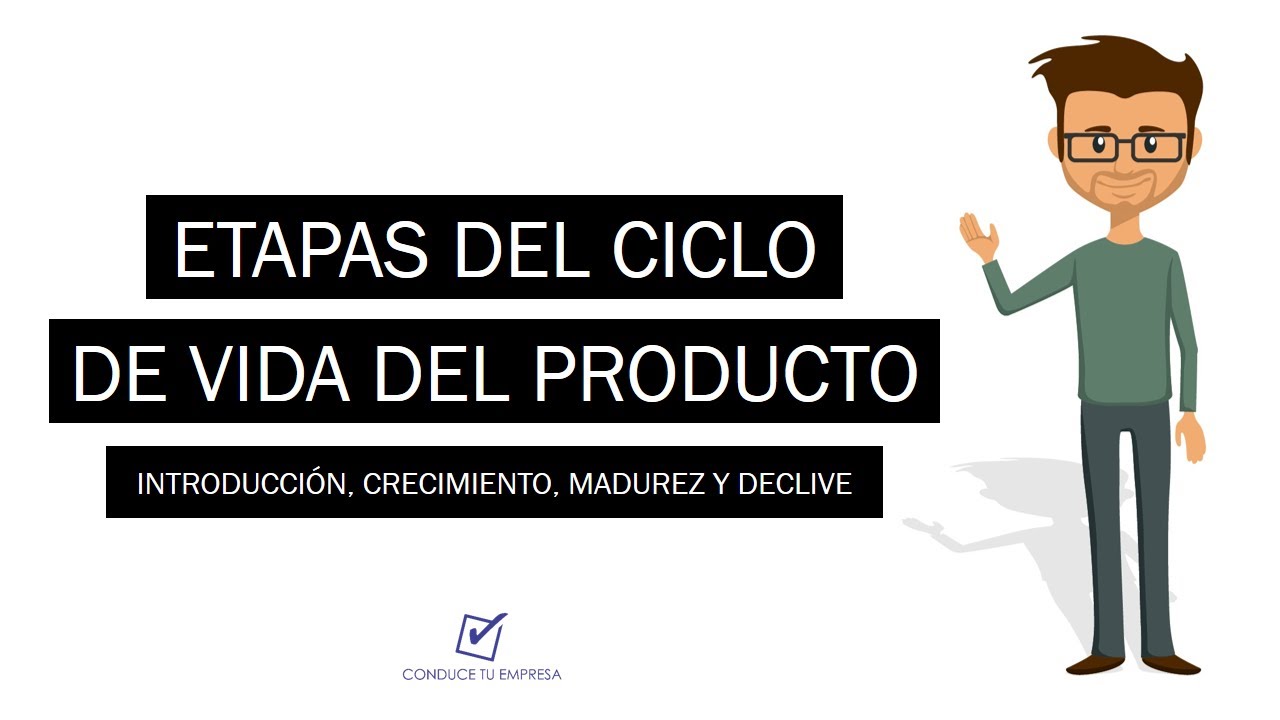KUSUMA eps 1 (Kuliah untuk Semua) SIKLUS HIDUP PRODUK | PRODUCT LIFE CYCLE | Robi Awaluddin Smartbis
Summary
TLDRThis video delves into the concept of product lifecycle, explaining its four key stages: introduction, growth, maturity, and decline. The host discusses strategies for each stage, from promoting new products to extending their life through innovation and market expansion. The video emphasizes the importance of understanding these stages for entrepreneurs to avoid business failure and maintain competitiveness. Key examples such as online ride-hailing services and smartphone brands illustrate the practical application of these strategies in real markets. The host also highlights the role of innovation in keeping products relevant and successful in the market.
Takeaways
- 😀 Product lifecycle consists of four stages: Introduction, Growth, Maturity, and Decline.
- 😀 The Introduction Stage has low sales, high promotional costs, and requires strong marketing efforts to build brand awareness.
- 😀 In the Growth Stage, sales increase significantly, and companies need to scale production. New competitors enter the market.
- 😀 The Maturity Stage sees high competition, market saturation, and price reductions. Companies focus on diversifying and improving the product.
- 😀 In the Decline Stage, sales decrease, competition reduces, and companies may withdraw or limit production.
- 😀 Innovation is critical to extend a product's lifecycle and maintain competitiveness in the market.
- 😀 Extension strategies include re-advertising, lowering prices, adding new features, and exploring new markets to maintain relevance.
- 😀 Heavy promotions and discounts are crucial in the early stages to encourage customer adoption (e.g., online ride-hailing services).
- 😀 The product lifecycle is like the life of a human being: born, grows, matures, and eventually declines.
- 😀 Companies must anticipate when to innovate and adapt to avoid decline or market saturation.
- 😀 Extending a product's lifecycle often involves modifying packaging, lowering prices, and seeking new customer segments.
Q & A
What is the product lifecycle?
-The product lifecycle refers to the stages a product goes through from its introduction to its eventual decline. These stages are crucial for businesses to manage in order to keep products relevant and profitable in the market.
What are the four main stages of the product lifecycle?
-The four main stages of the product lifecycle are: 1) Introduction, 2) Growth, 3) Maturity, and 4) Decline.
What characterizes the Introduction stage of the product lifecycle?
-In the Introduction stage, the product is launched into the market. It has low sales, high production costs, and negative cash flow. Promotional expenses are also high to increase awareness and drive adoption.
Can you provide an example of a product in the Introduction stage?
-An example of a product in the Introduction stage is online ride-sharing services like Go-Jek. When they were first launched, these services used heavy promotions and advertising to attract customers.
What strategies are effective in the Introduction stage?
-Effective strategies during the Introduction stage include heavy advertising, focusing on product awareness, and using large promotional budgets. Distribution efforts are often targeted in limited regions to control initial market entry.
What happens during the Growth stage of the product lifecycle?
-During the Growth stage, sales increase significantly, and the product becomes more widely accepted in the market. Competitors begin to enter, and cash flow turns positive. The focus shifts to expanding the market and improving the product.
What is an example of a product in the Growth stage?
-An example of a product in the Growth stage could be MPV (Multi-Purpose Vehicles) or automatic motorcycles, which became very popular and widely used, leading to increased competition.
What strategies are common during the Growth stage?
-In the Growth stage, businesses often focus on expanding market reach, improving product quality, adding new features, lowering prices to attract new customers, and increasing distribution channels.
How can a company manage the Maturity stage of a product?
-During the Maturity stage, companies focus on maintaining market share, differentiating the product through innovation or branding, and competing on price. They also expand into new market segments and may diversify product variants.
What challenges do companies face in the Decline stage?
-In the Decline stage, companies face decreased sales, market saturation, and increased competition. Many competitors exit the market, and production costs rise due to lower demand. Companies often reduce marketing and distribution efforts.
How can businesses extend the lifecycle of a product?
-Businesses can extend a product's lifecycle by employing strategies like refreshing advertising campaigns, lowering prices, adding new features, entering new markets, or changing the product's packaging to re-engage customers.
What are some examples of product extension strategies?
-Examples of product extension strategies include re-launching advertisements to attract new customers, reducing prices to compete better, innovating with new features, and updating packaging to keep the product appealing.
Why is understanding the product lifecycle important for entrepreneurs?
-Understanding the product lifecycle is essential for entrepreneurs because it helps them strategically manage their products through each stage, ensuring they remain competitive, avoid market decline, and optimize their product offerings.
Outlines

This section is available to paid users only. Please upgrade to access this part.
Upgrade NowMindmap

This section is available to paid users only. Please upgrade to access this part.
Upgrade NowKeywords

This section is available to paid users only. Please upgrade to access this part.
Upgrade NowHighlights

This section is available to paid users only. Please upgrade to access this part.
Upgrade NowTranscripts

This section is available to paid users only. Please upgrade to access this part.
Upgrade NowBrowse More Related Video

PART 1 - PRODUK LIFE CYCLE : Tahapan dan Karakteristik Siklus Hidup Produk

Pharmaceutical Product Life Cycle Management Strategies

Product Life cycle, 4 stages of product life Cycle

Ciclo de vida del producto | Introducción, Crecimiento, Madurez y Declive

Product Life Cycle (With Real World Examples) | Strategic Management | From A Business Professor

The Product Life Cycle
5.0 / 5 (0 votes)